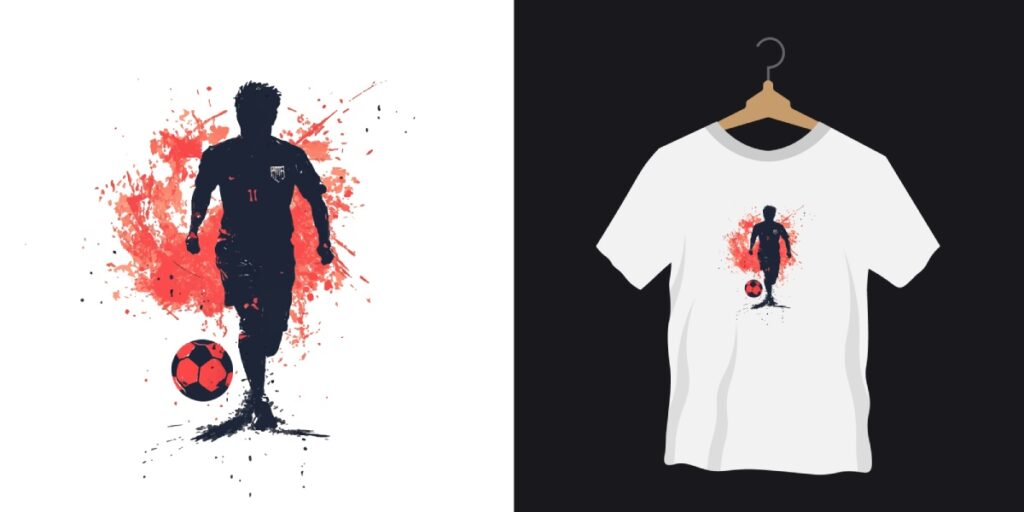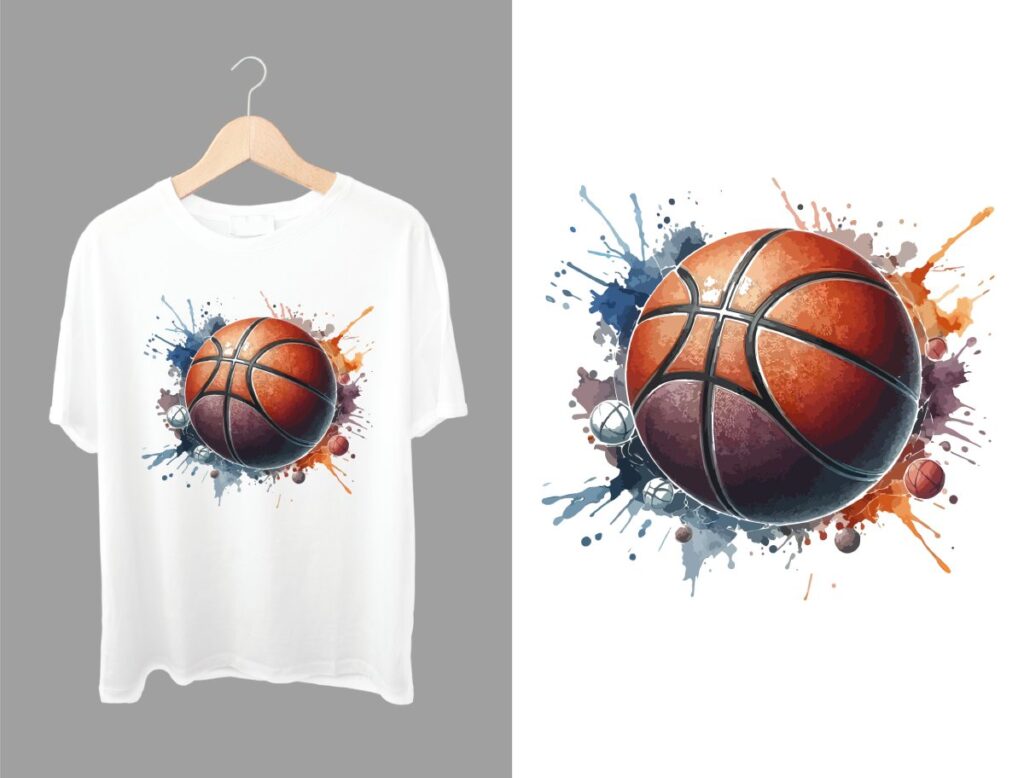DTF supplies vs sublimation is a topic that many garment decorators debate as they size up equipment investments, evaluate workflow adjustments, and judge how each method aligns with their target fabrics, production goals, and the types of products they offer. Understanding the core differences in tools, costs, fabric compatibility, and end results helps you pick the right path for your projects, whether you prioritize opaque prints on dark fabrics, embedded color on polyester, or the ability to handle a broad spectrum of materials without excessive pretreatment. This article breaks down the essential DTF supplies and sublimation basics with practical guidance, comparing printer setups, transfer films, powders, curing equipment, and heat sources, so makers, small businesses, and hobbyists can plan a reliable production workflow that balances quality, speed, and budget. Key components for DTF, such as the printer and compatible inks, DTF transfer film, white and color powders, curing equipment, and a heat press, influence adhesion, color fidelity, and durability across cotton and blends, while sublimation relies on dye-sub inks, sublimation paper, polymer coatings, and proper substrate choice. By understanding the strengths and limits of each approach, you can design a hybrid strategy that leverages DTF for versatile fabrics and vibrant opacity on dark options, and sublimation for crisp, embedded color on polyester and coated goods.
A different lens on the topic frames this as film-based transfer versus dye-sub coloration, where one path uses a printable carrier with adhesive layers and heat to transfer artwork to fabrics, while the other fuses color directly into polyester or polymer-coated substrates. In practical terms, the film-based approach offers versatility across cotton, blends, and dark fabrics, whereas dye-sub methods shine on 100% polyester and coated hard goods with durable, embedded color. You may hear phrases like film-based transfer, dye-sublimation, substrate compatibility, and wash-fastness used when discussing quality, wear resistance, and color fidelity. Ultimately, aligning your choices with the types of products you want to offer and the production workflow you can sustain helps you build a balanced plan that serves a diverse customer base.
DTF supplies vs sublimation: choosing the right method for diverse fabric portfolios
When you compare DTF supplies vs sublimation, the core decisions hinge on fabric mix, color options, and end-use durability. DTF printing uses a transfer film printed with DTF inks, dusted with white or color powders, cured, and then heat-pressed onto fabrics. It shines on cotton and blends, delivering opaque, vibrant designs on dark fabrics without relying solely on an underbase. The white ink and the DTF transfer film play critical roles in achieving good opacity on deep colors.
Sublimation printing, by contrast, embeds color into the substrate via sublimation inks and heat, working best on 100% polyester and polymer-coated hard goods. It excels in color saturation and durability when used with sublimation paper and compatible substrates. Deciding between the two depends on your product mix, expected wash durability, and the cost of ongoing consumables such as sublimation inks, papers, and transfer media.
DTF printing essentials: inks, film, and workflow
DTF printing relies on a dedicated DTF printer and compatible inks tuned for the transfer film. The DTF transfer film carries the design before powder adhesion and curing, providing a durable base for the final heat-press transfer.
A practical DTF workflow includes powder application, proper curing, careful heat-press parameters, and post-processing to minimize scuffs. Managing dust-free film handling and maintaining color fidelity when using DTF inks and colored powders are important for consistent DTF results.
Sublimation printing fundamentals: substrate, color embedding, and color management
Sublimation printing uses sublimation inks that convert to gas under heat and bind with polymer coatings or fabrics. The classic sweet spot for sublimation is 100% polyester fabrics and polymer-coated items. White polyester garments often yield the most vibrant results, while white or light backgrounds help maintain color brightness.
Sublimation supplies usually include sublimation printer and inks, sublimation paper, and polymer-coated substrates. The process is color-embedded, yielding vibrant, edge-to-edge color on suitable materials, but color management and substrate preparation are critical due to dye-sub behavior.
Comparing costs, speed, and production considerations
Initial investment for sublimation-focused shops can be lower for polyester-focused lines, while DTF equipment emphasizes film handling, powders, curing, and a robust heat press.
Per-unit economics vary with substrate costs and consumables like sublimation paper or transfer film, plus potential waste from powder spillage or misprints in DTF workflows. Production speed depends on setup: sublimation can be quick per item, whereas DTF requires printing, powdering, curing, and then transfer.
Best-fit scenarios: when to choose DTF or sublimation by fabric type
If your catalog includes cotton tees and blends, DTF supplies a versatile option with opaque white ink on dark backgrounds and strong hand on cotton.
If you primarily decorate 100% polyester or polymer-coated items, sublimation printing delivers embedded color and durability. A hybrid approach—DTF for cotton and sublimation for polyester—can maximize product variety.
Practical tips, workflows, and quality control for reliable results
Establish robust color management with profiles for both DTF and sublimation workflows; calibrate printers, run proofs, and compare on target fabrics.
Maintain cleanliness to prevent dust and cross-contamination: keep DTF transfer films dust-free, manage powders, and protect sublimation substrates; implement routine maintenance and safety practices.
Frequently Asked Questions
DTF supplies vs sublimation: what are the core fabric compatibility and result differences between DTF printing and sublimation inks?
DTF printing excels on cotton and blends and can produce opaque designs on dark fabrics using DTF transfer film, white and color powders, and a heat press. Sublimation inks deliver vivid color primarily on 100% polyester or polymer-coated items, with the color embedding into the substrate after transfer with sublimation paper. In short, DTF is versatile for a wide fabric range and opacity on dark fabrics, while sublimation shines on polyester with embedded color.
DTF printing vs sublimation printing: how do ink types (DTF inks vs sublimation inks) affect color, durability, and washability?
DTF inks are water-based and designed for printing on transfer film, then transferred to fabric with powders and curing. Sublimation inks turn into gas under heat and bond with polyester or polymer coatings, producing embedded color that is highly wash-durable on the right substrates. Generally, DTF offers strong opacity on diverse fabrics; sublimation offers lasting color on compatible substrates.
DTF transfer film vs sublimation paper: which supplies should a beginner prioritize in the DTF supplies vs sublimation decision?
For DTF supplies vs sublimation, beginners should prioritize DTF transfer film, white and color powders, and a reliable curing method; for sublimation, prioritize sublimation paper, a dedicated sublimation printer and compatible substrates, plus heat press. Both paths require proper heat-press settings and space for handling films and papers.
Which method is more cost-effective for small businesses: DTF inks and powders vs sublimation inks and papers?
In many cases, sublimation can be cost-effective for large runs on polyester due to simpler consumables, but DTF offers versatility across fabrics and mixed product lines. Initial equipment costs differ: DTF needs film handling, powders, and a curing stage; sublimation needs a sublimation printer and substrate inventory. Per-unit costs depend on your product mix, volumes, and waste.
White ink needs and color opacity: does DTF supplies vs sublimation favor one approach on dark fabrics?
DTF can print white ink, enabling opacity on dark fabrics, which is a key advantage in the DTF supplies vs sublimation decision. Sublimation does not print white ink; brightness relies on substrate color and coatings, so light backgrounds or polymer-coated surfaces are preferred.
Maintenance and workflow: what are the practical maintenance and workflow considerations for DTF printing vs sublimation printing?
DTF maintenance involves cleaning transfer films, managing powder dust, and regular printer and curing equipment upkeep to avoid defects. Sublimation maintenance tends to be simpler, with fewer moving parts, but still requires color management, substrate prep, and correct heat/pressure settings to ensure consistent results.
| Aspect | DTF (Direct-to-Film) | Sublimation |
|---|---|---|
| Definition |
|
|
| Core supplies |
|
|
| Fabric compatibility |
|
|
| Color and white ink capabilities |
|
|
| Durability and washability |
|
|
| Cost, setup, and production speed |
|
|
| Practical use cases and best-fit |
|
|
| Workflow overview |
|
|
| Choosing between them: quick guide |
|
|
| FAQ and concerns |
|
|
Summary
Note: The table above highlights the core ideas from the Introduction to help readers quickly compare DTF supplies and sublimation across definition, supplies, fabric compatibility, color behavior, durability, costs, workflows, and suitable applications.



